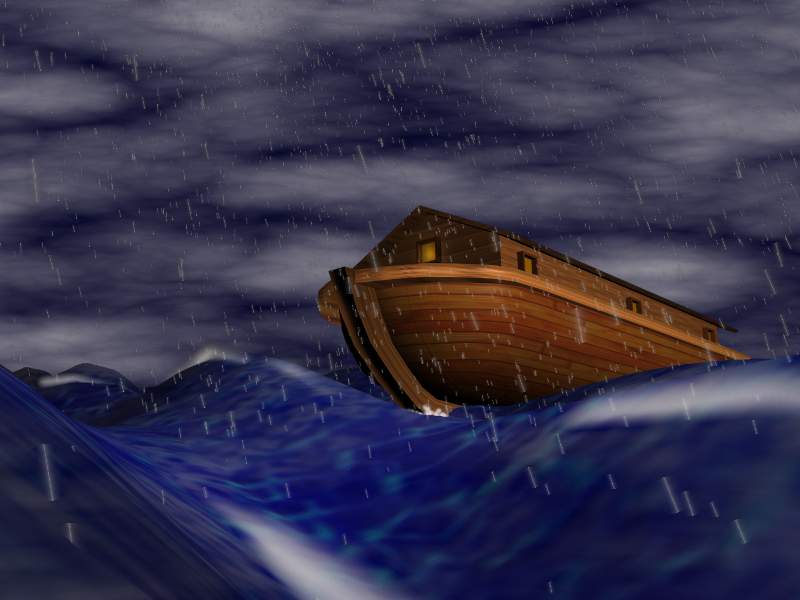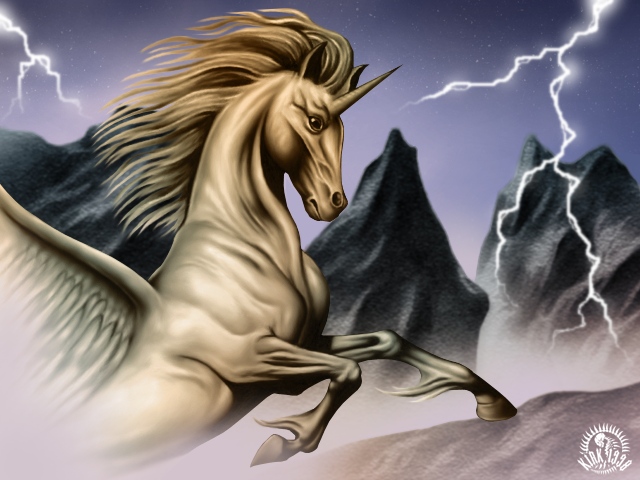On Cuteness and Oneness
Last month I again visited Animal Acres, the new animal sanctuary north of Los Angeles, principally to see the lambs newly born to sheep rescued last November in the first-ever raid on a slaughterhouse in U.S. history. Contrary to my belief that nearly all lambs are twins, two of the births were of singletons, and the third produced triplets. The two of these that survived are pictured here, about a week old. Lambs have long been a symbol of appealing innocence, and these babies were certainly no exception. Seeing them cuddling together, nuzzling one another, nursing, or gamboling about in the “maternity ward” corridor so drew on my heartstrings that I had to make an effort to resist picking one of them up, for it was evident that neither they nor their wary mother were ready for such displays of human affection. At one point, when one of the infants ran cavorting down the corridor to investigate something, the mother at once galloped after her to make certain all was well.
So many kinds of babies are cute--if not right at birth, soon afterwards--that it seems likely that cuteness in infants evolved as a survival factor. Being responsible for infants isn’t just one of your holiday games. Many a haggard human parent, sometimes pushed nearly to the edge of endurance by the screams and other demands of an infant or toddler, yet found that the sight of the beautiful little rounded face and body warmed her or his heart to tenderness again, and helped her to keep on keeping on. Is it likely that animals would so often manifest this factor if it did not serve the same purpose? I have little doubt that the mother of this ovine pair had the same kind of intense feelings for her appealing babies as I had for my own two children (and still have now that they are adults).
Yet how casually the “owners” of cats or dogs set about “finding homes” for kittens and puppies; years ago I did this myself without a thought for the mother's feelings. Novels of farm life a hundred years ago speak of drowning kittens or puppies as the obvious method of population control. And how callously farmers drag crying calves away from their bellowing mothers, so that human beings may appropriate--steal--their milk, summarizing the bovine-human relationship as “Cows give milk.” A farmer who responded to an essay of mine in Friends Journal thought to refute this point by narrating the story of one of “his” cows who abandoned her calf, thereby making himself, the rescuer of the calf, the hero of the tale. No doubt such a rejection happens occasionally. It also happens sometimes among human mothers, but no one concludes from this fact that any and all human babies may with impunity be kidnapped from their mothers, either for population control for whatever profit the kidnapper might derive from exploiting or killing them. Population control is necessary, but whenever possible, nonviolent preventive means must be sought, for human and nonhuman animals alike.
Herding peoples in ancient times (and at present) certainly became hardened to such separations as well as to killings for purposes of ritual and/or human appetite. Yet an awareness of the terribleness of this violence against the innocent sometimes surfaces. In II Samuel 12, the prophet Nathan, speaking to arouse the conscience of King David, tells the story of a poor man who had a little ewe lamb as companion animal: “It [sic] grew up with him and with his children; it used to eat of his meagre fare, and drink from his cup, and lie in his bosom, and was like a daughter to him.” But his rich neighbor, who has many flocks and herds of his own, kidnaps the lamb and kills her to make a feast for his guest. David is rightly outraged at this cruel act of a powerful man who shows no compassion--only to learn that the man represents himself. The story Nathan tells is fictional, but it would not have taken this particular form if David, and the reader, were completely closed in heart to appealing baby animals (as well as human beings who love them).
The same is true of the well-worn image of the Lamb of God, which also derives from a passage which is (almost surely) fictional, in the first chapter of the Fourth Gospel. The speaker is John the Baptist: “Here is the Lamb of God who takes away the sin of the world.” The image, having entered the Eucharistic liturgy, has for most been reduced to a metaphor: the lamb stands for Jesus as the vicarious sufferer of divine punishment for sin. As a result, the compassion for victimized animals, upon which the image depends, has been almost totally eclipsed in the minds of worshippers.
Yet it is not a metaphor but a symbol, and, like all symbols, it means itself as well as the "much more" in which it participates. The "much more" includes all the appealingly beautiful, defenseless baby animals torn from their mothers and killed by ruthless claws or hands, all the innocent human beings cruelly or callously slaughtered. As the line stands in the Latin Mass, Agnus Dei, qui tollis peccata mundi, and in the original Greek New Testament as well, this wider significance is not so immediately foreclosed, for tollis and the Greek airon mean not only “take away” but also “carry.”
No animal, human or otherwise, is an island. All victims of violence carry the huge weight othat crushes them, the sin of the world. We see very little sign that it has been carried away, but then there is much that we do not see. Can innocent suffering somehow be redemptive, bring about the repair of the world? Some mystics speak of having had experiences in which they knew all of reality, whether good or evil, beautiful or terrible, to be One, and that oneness good beyond comprehension and expression. In The Varieties of Religious Experience, William James says of his own experiences, "It is as if the opposites of the world . . . were melted into unity. Not only do they, as contrasted species, belong to one and the same genus, but one of the species, the nobler and better one, is itself the genus, and so soaks up and absorbs its opposite into itself." This image accords with our basic ethical sense that we must commit ourselves to goodness, at whatever cost. "Do not be overcome by evil," says St. Paul, "but overcome evil with good."
We don't know how, or whether, it all fits together. But let us follow our hearts; let us help rescue as many cute baby lambs (and their relatives, cute or not) as we can.

 In a brilliant stroke that both educates contemporary viewers and enriches the story, the movie begins with a night scene: World War II bombers, the Iron Cross on their sides, flown by mask-wearing aviators that suggest aliens from another world. They are the Luftwaffe, the Air Weapon of the Third Reich, raining down fiery death on the cities of England. As the scene cuts to a room interior, young Edmund Pevensie, being a very normal boy fascinated by the fireworks, endangers his family and neighbors by standing at a window with open curtains, thus violating the blackout. He has to be forcibly dragged away by his frantic mother. As the family is running to its backyard shelter, Edmund darts back to get his absent father’s picture, Peter after him. A bomb falls so close as to break their windows, nearly killing both boys, and showing them early what Sam Gamgee learned in Middle-Earth: that War is not glorious but unjust and painful. The scene gives us a preview of Peter’s sense of responsibility, expressed with a harshness that makes Edmund worse; we see also Edmund’s reckless rebelliousness, and his deeper-lying love which will make his salvation possible.
In a brilliant stroke that both educates contemporary viewers and enriches the story, the movie begins with a night scene: World War II bombers, the Iron Cross on their sides, flown by mask-wearing aviators that suggest aliens from another world. They are the Luftwaffe, the Air Weapon of the Third Reich, raining down fiery death on the cities of England. As the scene cuts to a room interior, young Edmund Pevensie, being a very normal boy fascinated by the fireworks, endangers his family and neighbors by standing at a window with open curtains, thus violating the blackout. He has to be forcibly dragged away by his frantic mother. As the family is running to its backyard shelter, Edmund darts back to get his absent father’s picture, Peter after him. A bomb falls so close as to break their windows, nearly killing both boys, and showing them early what Sam Gamgee learned in Middle-Earth: that War is not glorious but unjust and painful. The scene gives us a preview of Peter’s sense of responsibility, expressed with a harshness that makes Edmund worse; we see also Edmund’s reckless rebelliousness, and his deeper-lying love which will make his salvation possible.
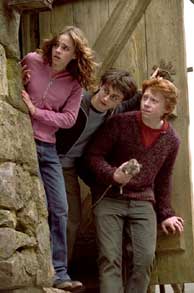 The first character we see on the screen is a very minor one (though he or she may become more important in the final book and movie of the saga): a huge talking serpent named Nagini. In the novel, Nagini is a cobra, but a python in the movie. That does not really matter, as the fact that Nagini is an animal is largely lost in his or her status as a Symbol of Evil. Hardly a new development in Western culture. But no one who cares for animals will be happy about its reinforcement here, since every serpent--however alien she may at first seem to most Westerners, has beauty, a measure of consciousness, and a right to her own life.
The first character we see on the screen is a very minor one (though he or she may become more important in the final book and movie of the saga): a huge talking serpent named Nagini. In the novel, Nagini is a cobra, but a python in the movie. That does not really matter, as the fact that Nagini is an animal is largely lost in his or her status as a Symbol of Evil. Hardly a new development in Western culture. But no one who cares for animals will be happy about its reinforcement here, since every serpent--however alien she may at first seem to most Westerners, has beauty, a measure of consciousness, and a right to her own life. 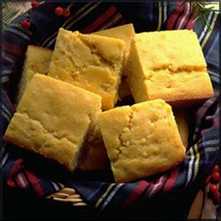 1 ¼ cup organic unbleached flour
1 ¼ cup organic unbleached flour 3 cups organic unbleached flour
3 cups organic unbleached flour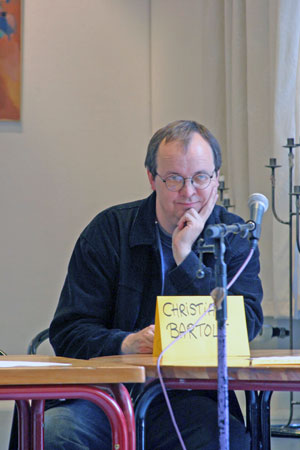
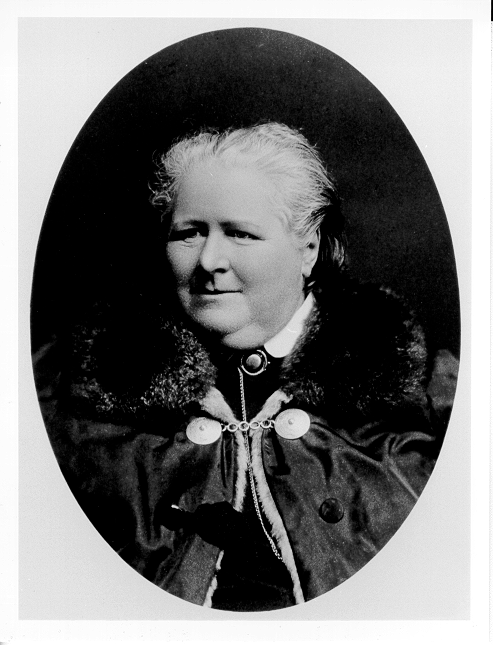 Here is Louisa May Alcott's account of first meeting Frances Power Cobbe:
Here is Louisa May Alcott's account of first meeting Frances Power Cobbe: